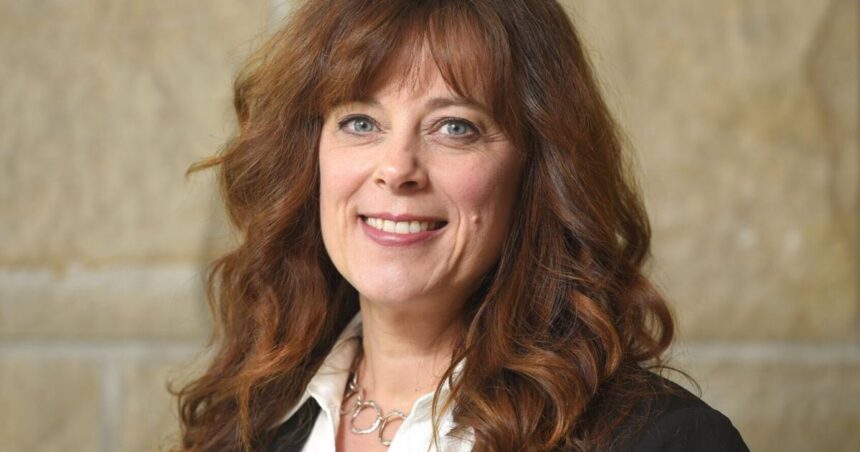In a watershed moment for public health governance in Hamilton, city council has unanimously approved a significant restructuring of the Board of Health, marking the first major reform to the city’s public health decision-making process in decades. The overhaul, which will take effect in January 2025, will transform what has historically been a council-only board into a more inclusive body that incorporates citizen voices and health expertise.
The reimagined board will now include five city councillors, five community representatives, and Mayor Andrea Horwath as an ex-officio member. This balanced approach aims to infuse public health governance with diverse perspectives while maintaining municipal oversight.
“This is truly a historic moment,” said Ward 1 Councillor Maureen Wilson, who championed the reform alongside Councillor Cameron Kroetsch. “For the first time in our city’s history, we’re ensuring that community members will have direct input into public health decisions that affect their lives.”
The initiative gained momentum following the COVID-19 pandemic, which starkly highlighted the interconnections between public health policy and community impacts. Critics of the previous structure argued that having only elected officials on the board limited the range of expertise and community representation needed to address complex health challenges effectively.
Dr. Elizabeth Richardson, Hamilton’s Medical Officer of Health, expressed strong support for the new model. “This reform aligns Hamilton with best practices we see across Ontario and strengthens our ability to respond to public health challenges with both scientific rigor and community sensitivity,” she noted in her presentation to council.
The five community positions will be carefully structured to ensure broad representation: two seats for individuals with public health expertise, one for an Indigenous representative, one for a person with lived experience of health inequities, and one general community member. This composition reflects a deliberate effort to address health equity concerns that have persistently affected Hamilton’s diverse population.
City staff conducted extensive research into governance models across the province, finding that Hamilton was among a minority of municipalities still operating with a council-only health board. The reform brings the city in line with the 75 percent of Ontario health units that include community representation in their governance structures.
The transition process will now begin with developing selection criteria and recruitment strategies for the community positions. The city aims to have the new board fully constituted by January 2025, providing ample time for a thorough and inclusive selection process.
Public health advocate Maria Antonietta, who has long lobbied for this change, called the decision “a victory for democratic health governance” during the public delegation portion of the meeting. “When we bring diverse voices to the table—especially those most affected by health disparities—we make better, more responsive decisions,” she told councillors.
The reform comes at a critical juncture as public health systems across Canada continue to navigate post-pandemic challenges and prepare for future health threats. By incorporating broader expertise and lived experience into its governance structure, Hamilton positions itself to better address complex issues from infectious disease control to the social determinants of health.
As Hamilton embarks on this new chapter in public health governance, a question remains for other municipalities: In an era of increasingly complex public health challenges, can democratic institutions evolve quickly enough to ensure both expertise and community voice inform the policies that protect our collective wellbeing?










